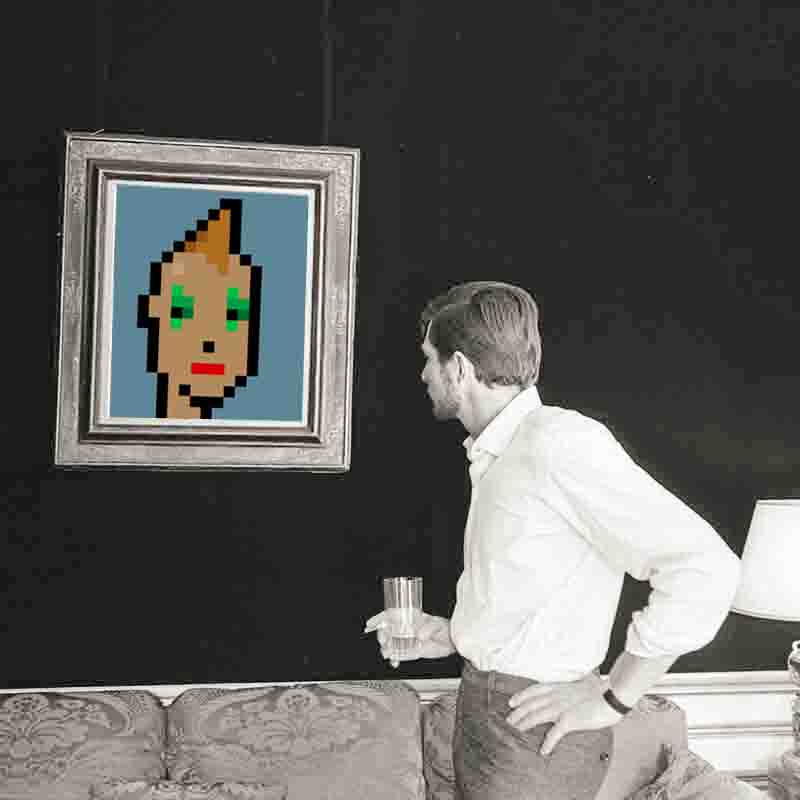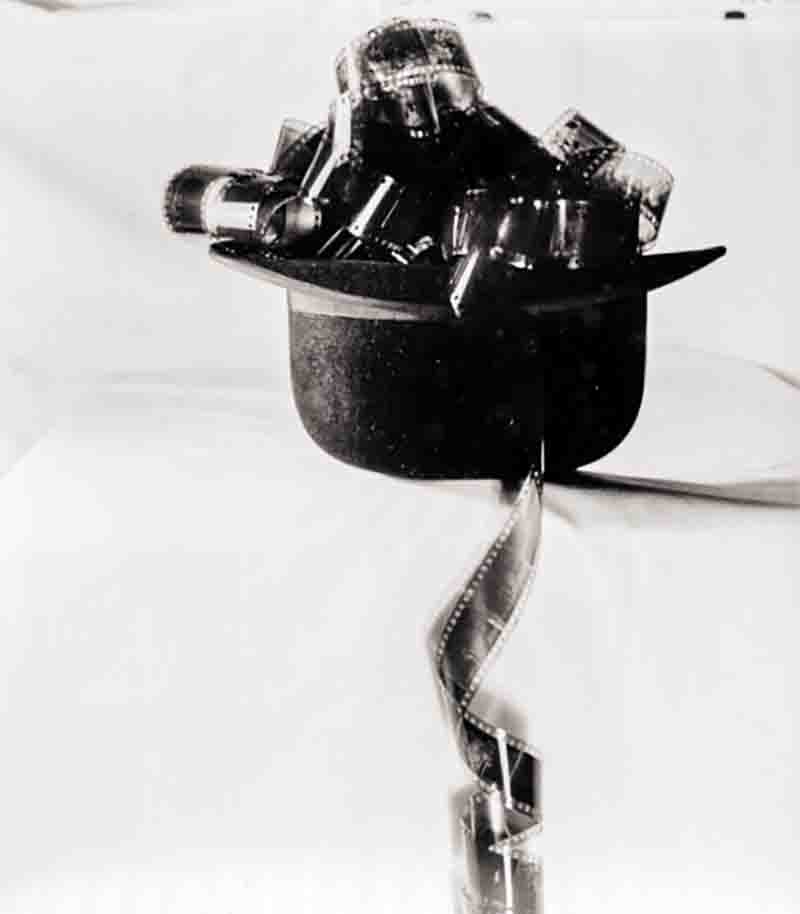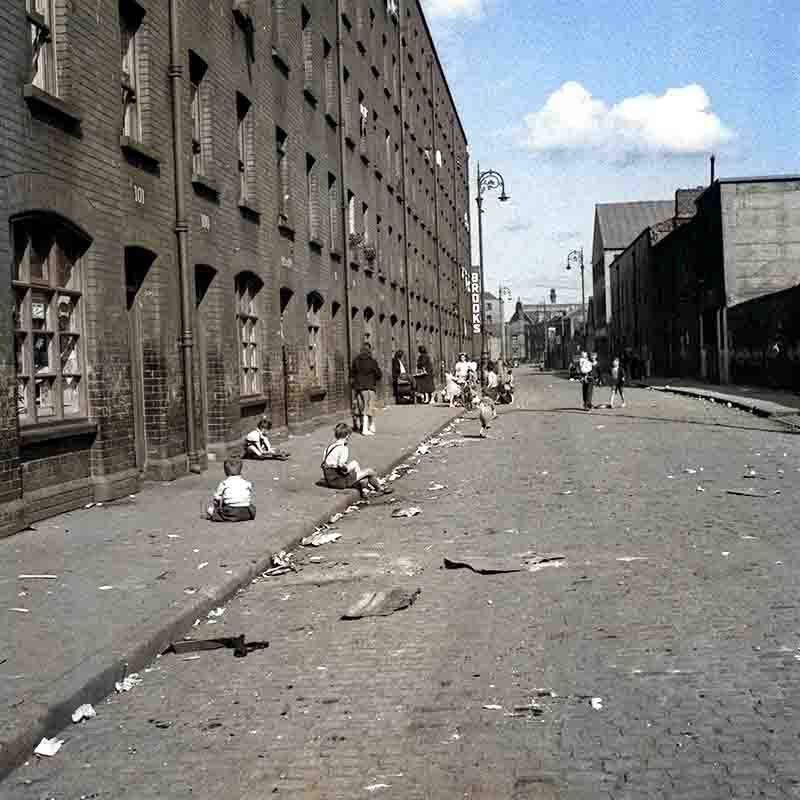Analog photography and digital photography are two distinct methods of capturing images. Analog photography uses film, while digital photography relies on digital sensors to capture images. Analog photography produces a unique aesthetic that is difficult to replicate digitally, while digital photography offers many conveniences and allows for greater versatility and manipulation of workflow.

From film to pixels: The rise of digital photography
With the introduction of the first consumer digital cameras in the late 1980s, photography underwent a paradigm shift. 📷
Analog Photography Is Making a Comeback

In a world where digital photography has become the norm, analog film photography has seen a resurgence in popularity in recent years. From professional photographers to amateurs, many people are rediscovering the joys of shooting with film and the unique aesthetic that it offers.
So what is it about traditional film photography that has made it so enduring, and why are more people turning to it in an age where digital photography seems to dominate?
One reason for the enduring popularity of film photography is its unique look and feel. Film has a timeless quality to it that is hard to replicate digitally, and many photographers find that it produces more vibrant and dynamic images.
Film also has a certain warmth and softness to it that is often lacking in digital images, giving photographs a more organic and natural feel.
The Magic of Film
Another reason for the resurgence of film photography is the nostalgia factor. Many photographers who grew up shooting with film have a strong emotional connection to the medium, and there is a sense of nostalgia and nostalgia for the process of shooting with film.
But nostalgia isn't the only reason that people are turning to film. Many photographers find that shooting with film forces them to be more mindful and deliberate in their approach to photography. Because film is a finite resource, photographers must carefully consider each shot, making them more likely to think about composition and lighting. This can lead to more thoughtful and powerful photographs.
Finally, film photography has also seen a resurgence due to the increasing popularity of vintage and analog aesthetics. From vintage cameras to retro film stocks, many people are drawn to the look and feel of traditional film photography, and the trend shows no sign of slowing down.
The Best of Both Worlds

In the ongoing art project Bock-Schroeder by Bock-Schroeder, Jans Bock-Schroeder re-photographs his father's archive pictures in a contemporary and unique context.
In the end, whether you choose to shoot with film or digital is a personal decision. Ultimately it is the outcome that matters when looking at photos. Both mediums have their own strengths and limitations, and the best choice for a photographer depends on goals and preferences.
For those who are drawn to a unique look and feel, traditional film photography remains a timeless and enduring art form.
Both analog and digital photography play an important role in documenting the world. Together, they help us understand our surroundings, ourselves, and others.
The emergence of AI technology and the introduction of AI-modeled photography adds a further component to today's image production.
New types of imagery shaped by AI based on analog and digital photographic inventories are in their infancy, yet they are already yielding remarkable results.
Film Photography is Making a Comeback
Since the introduction of consumer digital cameras in the late 1980s, photography has undergone a paradigm shift, moving from analog to digital technologies for image capturing and storage.
However, in recent years, traditional film photography has seen a resurgence in popularity and many photography lovers are rediscovering the joys of shooting with film and the unique aesthetic that it offers.
The Differences Between Film and Digital Photography

Nowadays, it is difficult to tell whether a motif was photographed digitally or analogously when viewing it on a screen.
Although both digital and analog photography can be used for photojournalism and street photography, there are significant operational and technical differences associated with the different photographic technologies.
In film photography, the image (the shadow) is fixed by light-sensitive material, typically created from silver, which reacts to light. The image is thus fixed on silver grains of varying sizes. In digital photography, on the other hand, an electronic sensor receives light and records the image on identically sized pixels.
The Impact of Digital Photography on the Art World
With the almost infinite flexibility to digitally manipulate images, digital photography has been used as a creative tool by numerous visual artists early on, reviving the legacy of photo collage, duplicate printing, and various other kinds of existing analog manipulation.
The popularity of image editing programs that also enabled animation, motion control, and audio editing created a dynamic environment in which photography became a tool for creating multimedia experiences. While visual artists were generally excited by the possibilities of digital imaging, many photojournalists and documentary filmmakers reacted with skepticism.
The Influence of Digital Photography on Commercial Imagery

Although in classical advertising today mainly digital work is done, analog photography is still employed to display products in their best light.
The unlimited influence of digital photography on commercial imagery only became noticeable in the first decade of the new century. Towards the end of the decade, virtually all newspapers and magazines had adapted to a digital workflow. In journalism, digital cameras became the standard due to the fact that they could be transferred and processed immediately.
Digital photography was now largely integrated into the realm of modern art, commercial photography, and online digital communication. As a result, it was losing its once independent character, yet the impact of photography as a visual medium became increasingly significant.
The Resurgence of Film Photography
Parallel to the digital transformation, a new, young generation of photographers are discovering analog film photography for themselves. Professional photo labs are seeing an increase in new customers who are enthusiastic about traditional film processing.
In addition, many photo professionals have never given up on traditional photography. At no time was analog photography threatened with extinction; it has merely gained a cult status.
The Appeal of Film Photography
What is it about traditional film photography that has made it so enduring, and why are more people turning to it in an age where digital photography seems to dominate?
One reason for the enduring popularity of film photography is its unique look and feel. Film has a timeless quality to it that is hard to replicate digitally, and many photographers find that it produces more vibrant and dynamic images.
Film also has a certain warmth and softness to it that is often lacking in digital images, giving photographs a more organic and natural feel.
Nostalgia Factor

Another reason for the resurgence of film photography is the nostalgia factor. Many photographers who grew up shooting with film have a strong emotional connection to the medium, and there is a sense of nostalgia for the process of shooting with film.
Mindful and Deliberate Approach
But nostalgia isn't the only reason that people are turning to film. Working with film requires a different approach to photography than digital. Knowing that they only have a limited number of frames to work with, many photographers find that shooting with film forces them to be more mindful and deliberate in their approach to photography.
Because film is a finite resource, photographers must carefully consider each shot, making them more likely to think about composition and lighting. This can lead to more thoughtful and deliberate photographs, and can help photographers to hone their craft and improve their skills.
The Unique Look and Feel of Film Photography

Landscape motifs are a favorite subject of photographers working digitally. However, when it comes to printouts, it is evident that analog photography is well ahead in capturing details.
One reason for the continued popularity of film photography is the unique aesthetic that it offers. Film has a timeless quality to it that is hard to replicate digitally, and many photographers find that it produces more vibrant and dynamic images.
The texture and grain of film also give photographs a certain warmth and softness that is often lacking in digital images, making them feel more organic and natural.
Finally, film photography has also seen a resurgence due to the increasing popularity of vintage and analog aesthetics. Many people are drawn to the look and feel of traditional film photography, including the unique color profiles of different film stocks, the square format of medium format cameras, and the soft focus of vintage lenses.
This interest in vintage and analog aesthetics has been driven in part by social media, where platforms like Instagram have created a space for sharing and celebrating the art of film photography.
The Importance of Both Analog and Digital Photography

Through digital processing, such as colourization, analog pictures from the Bock-Schroeder collection take on a new meaning
Analog and digital photography are two distinct methods of capturing images, and both have their unique advantages and disadvantages. While digital photography has become increasingly popular and dominant in recent years, analog photography still has a significant role to play in the art and science of photography.
Both analog and digital photography have their unique advantages and disadvantages, and both have an important role to play in the world of photography.
While digital photography has become more dominant in recent years, many photographers still appreciate the unique qualities of analog photography and continue to shoot on film.
Ultimately, the choice between analog and digital photography depends on the individual photographer's preferences, goals, and style.
5 reasons why both analog and digital photography are important
-
Unique Aesthetics: Analog photography produces a distinct aesthetic that is difficult to replicate digitally. This is due to the physical processes involved in capturing images on film, which can result in unique color palettes, grain structures, and other visual characteristics. These unique qualities give analog photography a timeless and nostalgic feel that many people find appealing.
-
Technical Skills: Analog photography requires a different set of technical skills than digital photography. Photographers who shoot on film must carefully consider factors such as film type, ISO, shutter speed, and aperture, as well as developing and printing techniques. These skills can help photographers develop a deeper understanding of the technical aspects of photography and can also inform their digital work.
-
Tangibility: Analog photographs have a physical, tangible quality that digital images lack. This makes them ideal for creating physical prints, which can be displayed, sold, or given as gifts. The process of developing and printing analog photographs can also be a rewarding experience in itself, as photographers have the opportunity to see their images come to life in a way that is different from digital editing.
-
Convenience: Digital photography offers many conveniences that analog photography cannot match. Digital images can be instantly reviewed, edited, and shared, which can save time and make the process of capturing and sharing images much easier. Digital cameras are also smaller and more portable than many analog cameras, which can make them more practical for certain types of photography.
-
Versatility: Digital photography offers a level of versatility that is difficult to match with analog photography. With digital cameras, photographers can easily switch between different lenses, adjust settings on the fly, and capture images in a wide range of lighting conditions. Digital images can also be easily edited in post-processing, which can give photographers a greater degree of creative control over the final image.